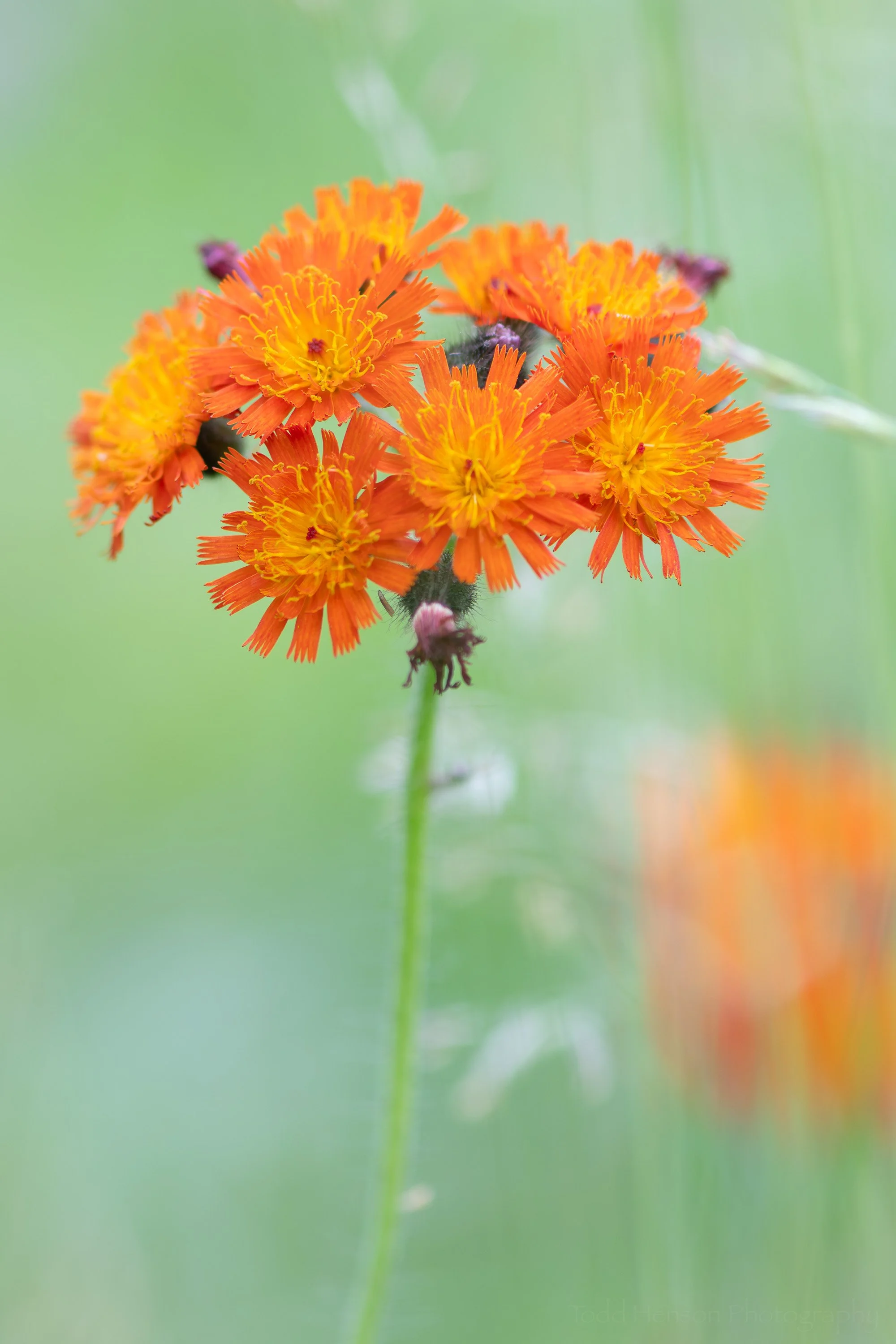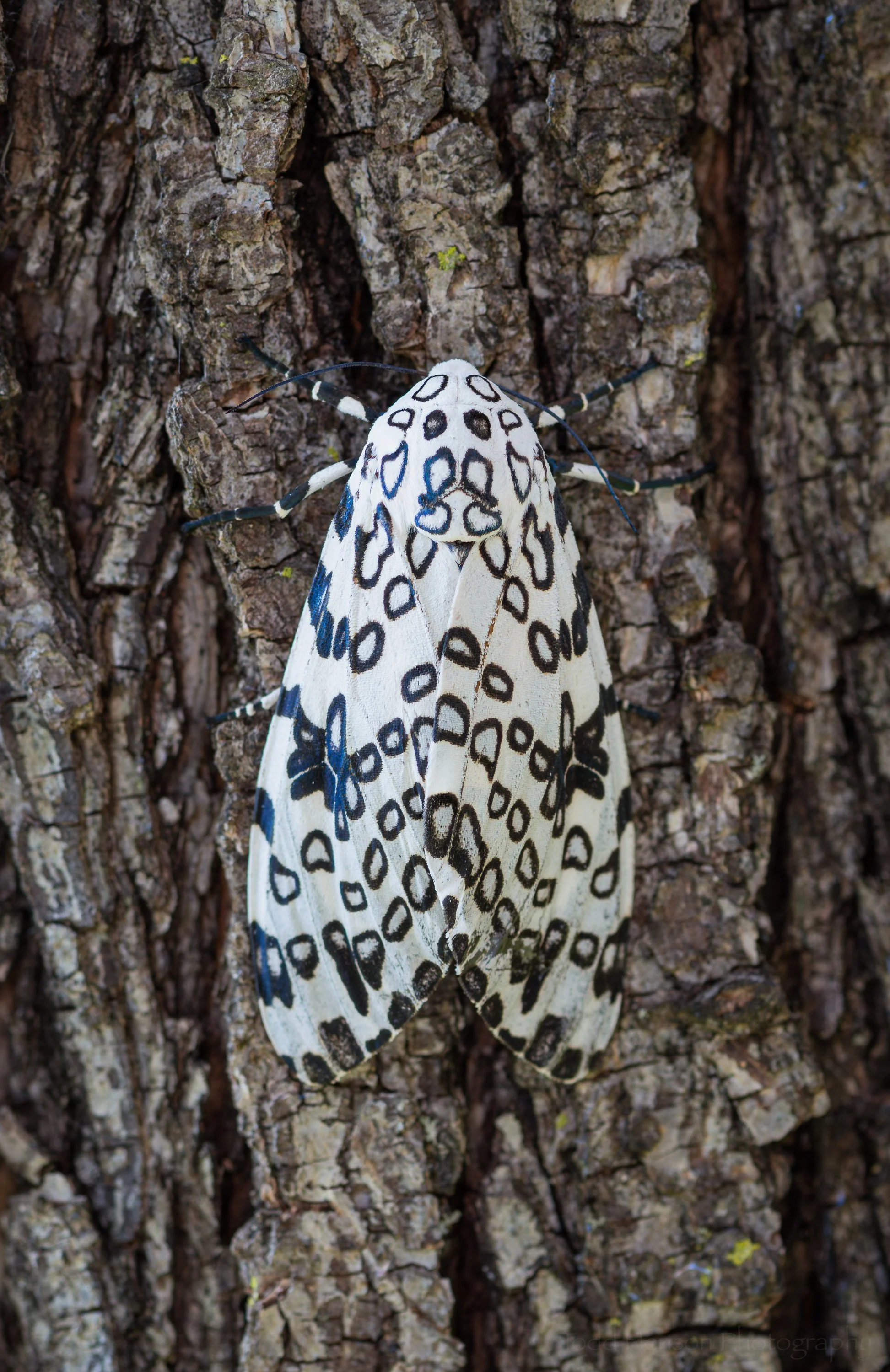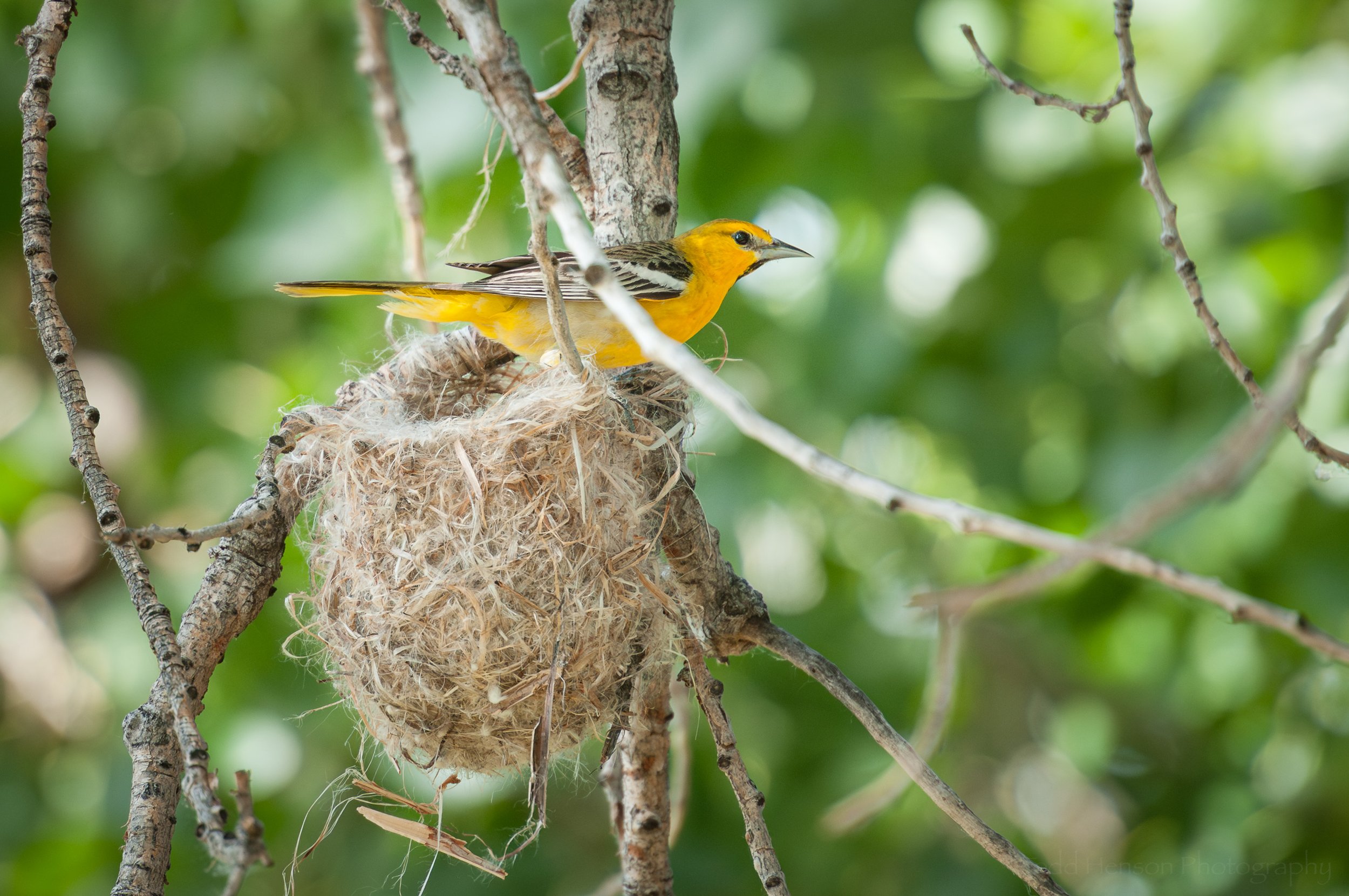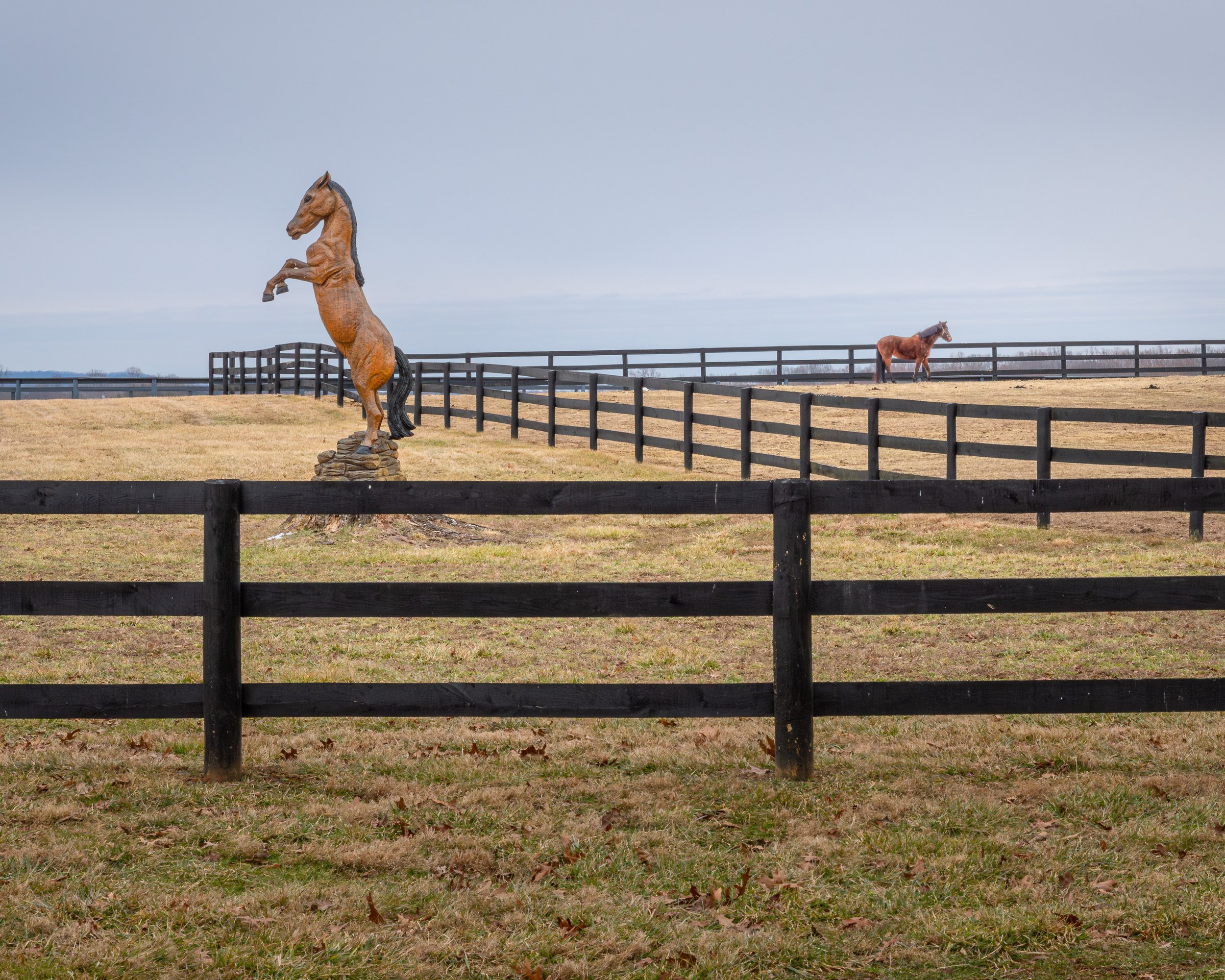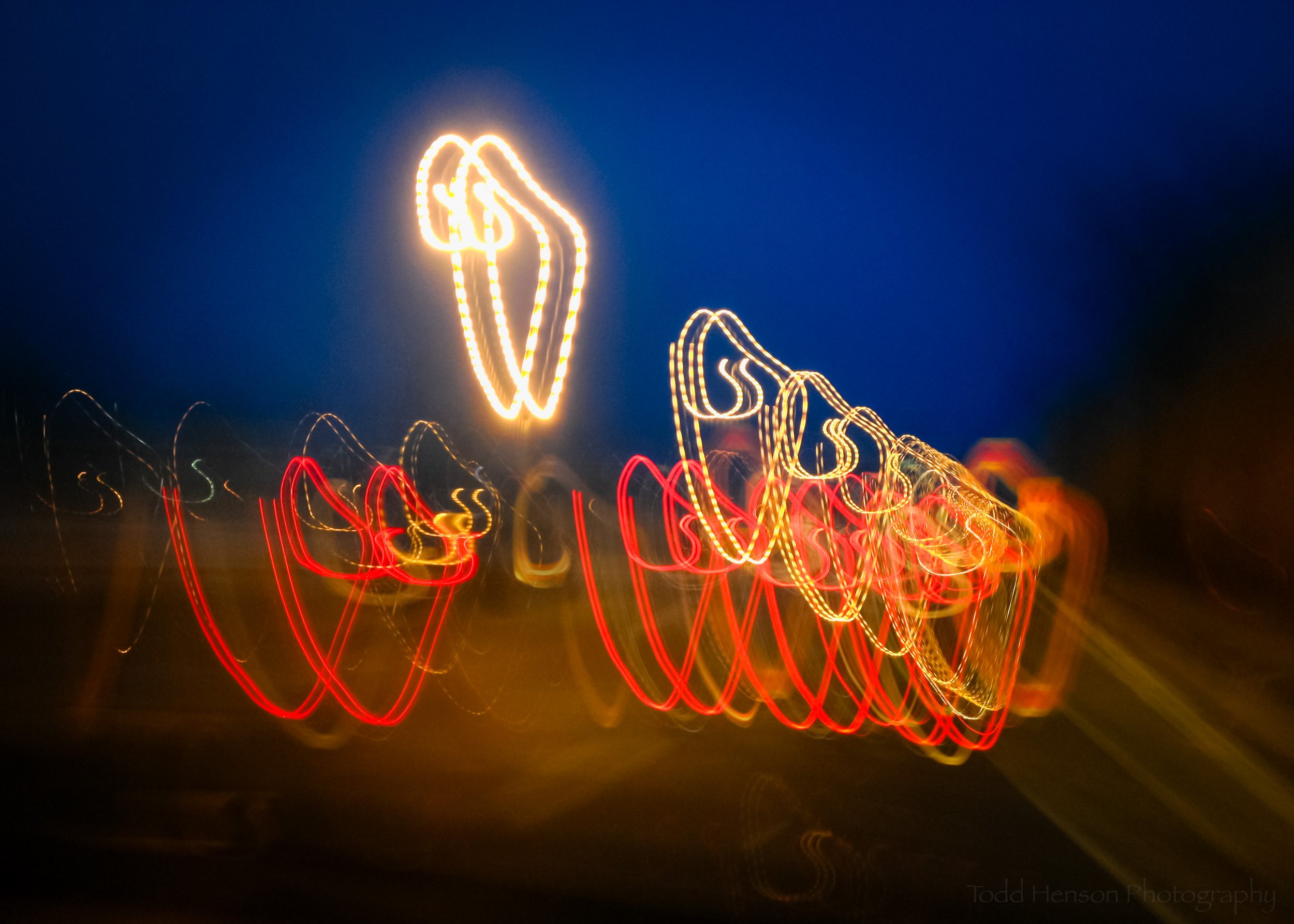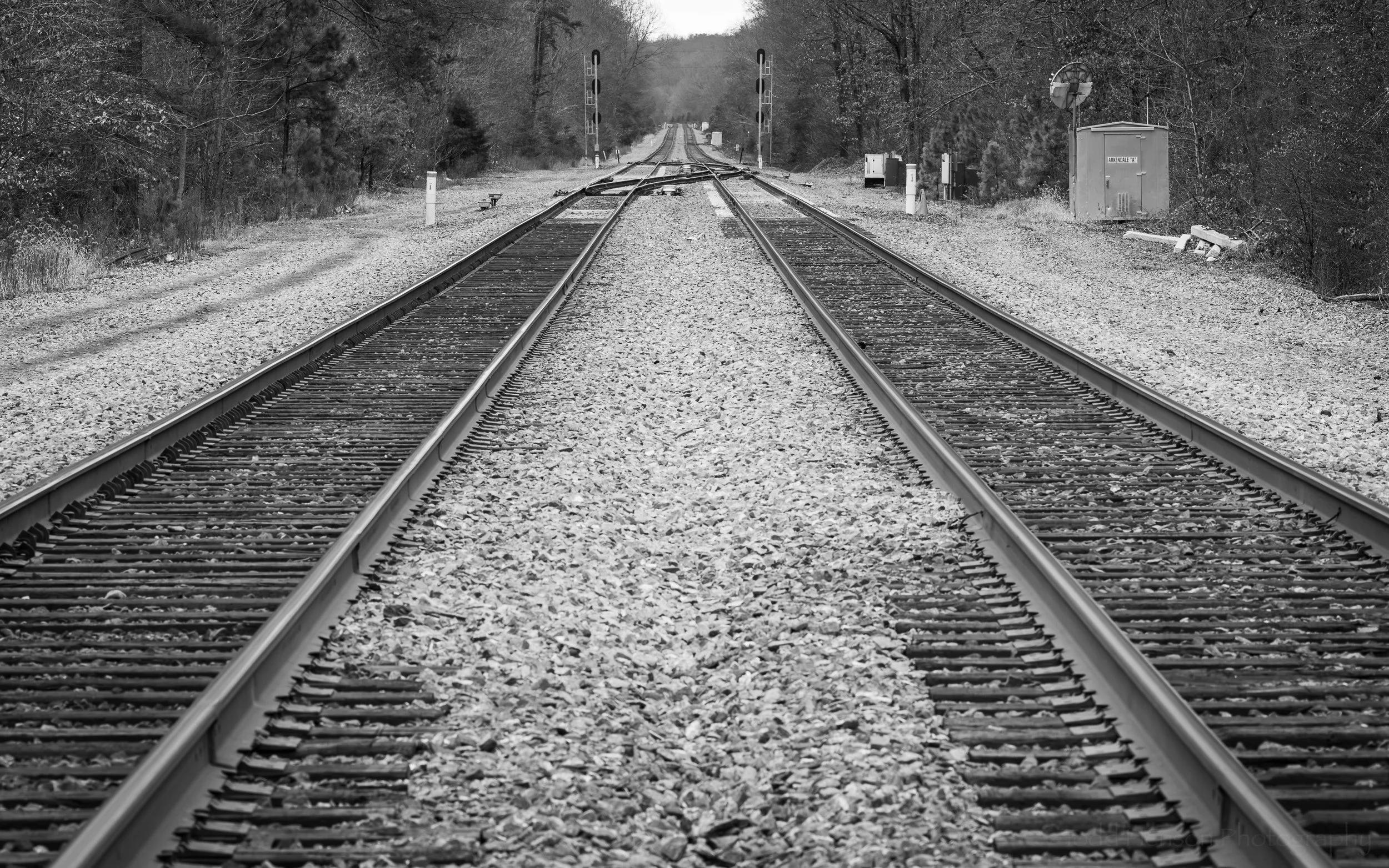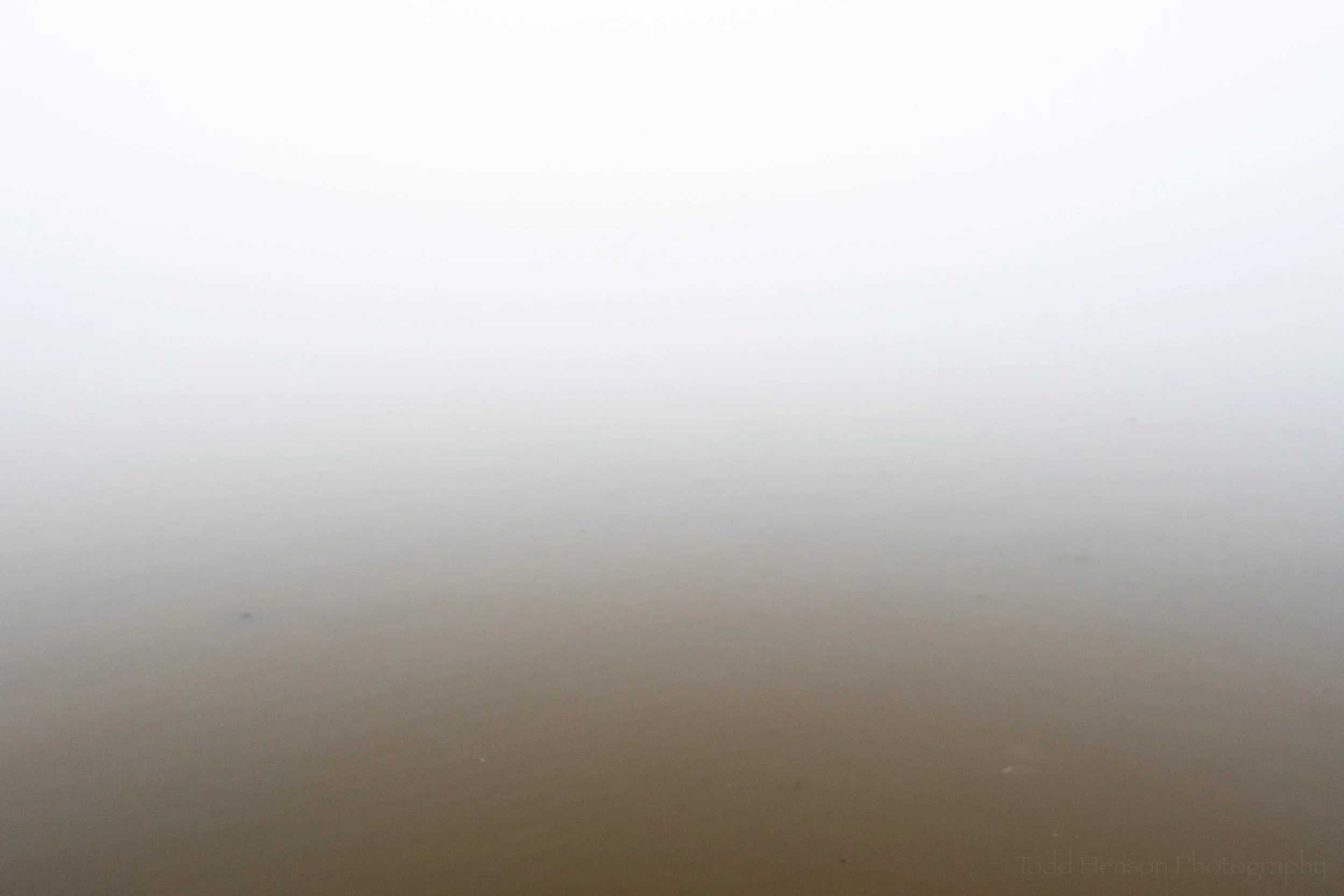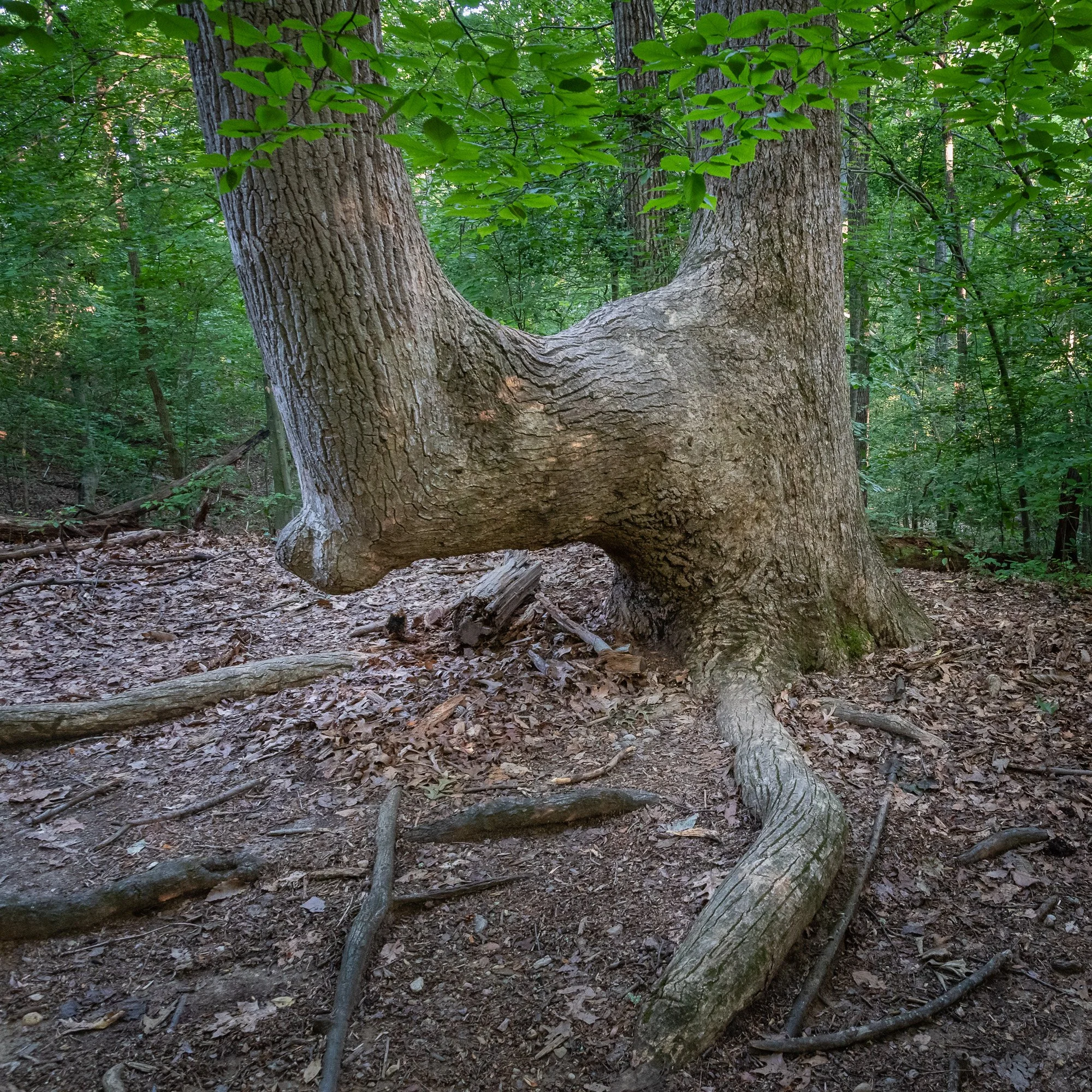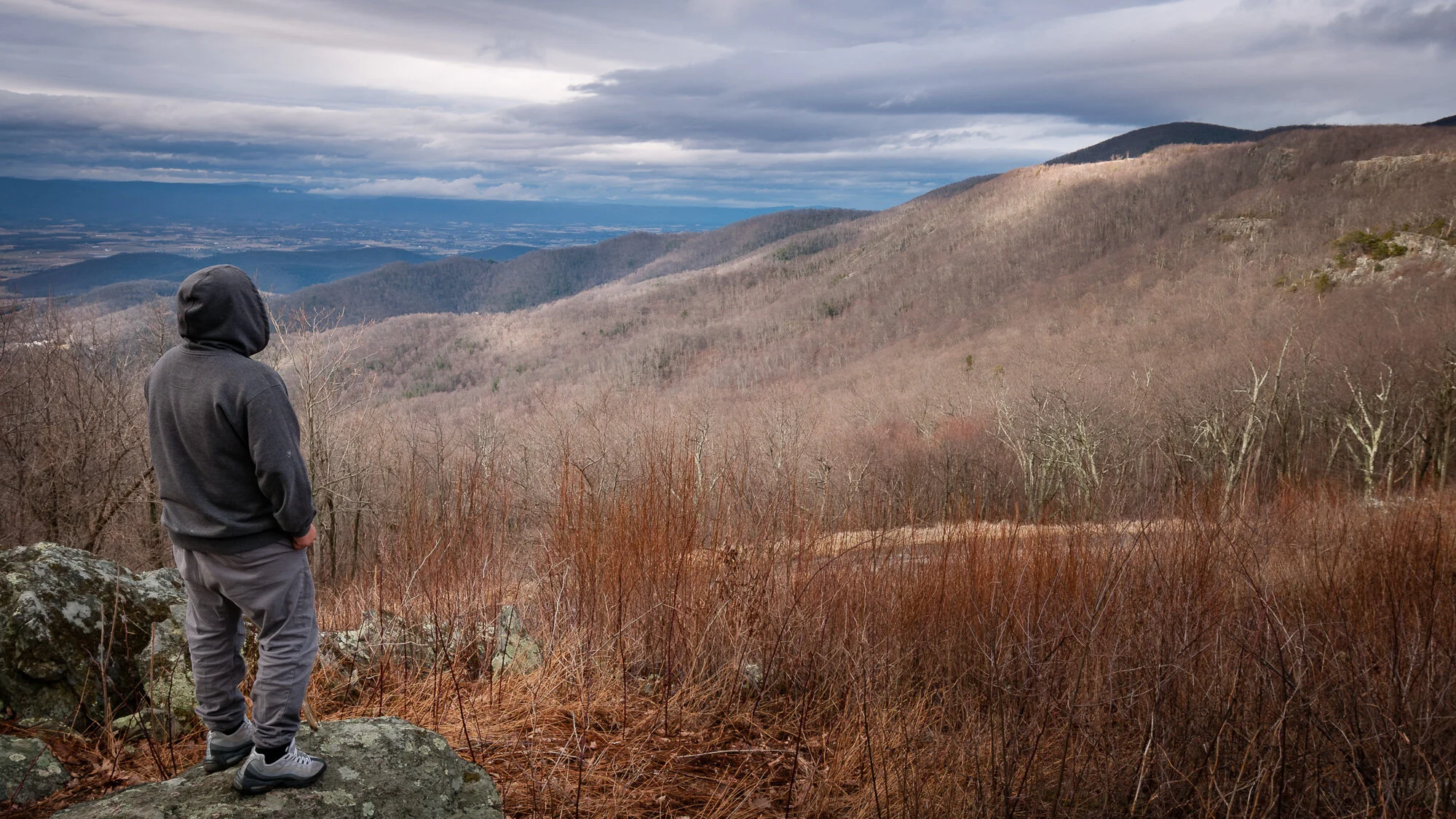Yellow-breasted Chat perched on a thorny branch.
During the spring and summer I often hear Yellow-breasted Chat singing in the fields of a local wildlife refuge, but I rarely see them. They usually stay hidden down in the brush, only rarely surfacing.
I was fortunate one day to be positioned in the right place at the right time with my camera set up on a tripod and aimed out into the field where a chat would periodically sing. It isn’t a song like other song birds, but more a series of different sounds and easy to pick out as uniquely that of a chat.
It popped up out of the brush and landed on a thorny branch. I saw the movement and quickly turned the camera towards the motion. I managed to find the chat and lock on focus before it disappeared. I only captured one or two images before it flew back down into the brush. I was excited as this was the first time I’d had the opportunity to photograph a chat, and thankfully I captured a decent image of it.
As you can see, the Yellow-breasted Chat is a beautiful bird. It is one of the many species of warbler that migrate through this area each year, and according to the Peterson guides it is the largest in North America. Peterson’s A Field Guide to Warblers of North America indicates it is also a somewhat unusual warbler, being far more secretive that other warblers. Its song is distinct and unlike any other warbler, and it has a large and thick bill compared to the others.
Resources
The links below are affiliate links and I will be compensated if you make a purchase after clicking on my links. This is at no extra cost to you.
If you’d like to learn more about Yellow-breasted Chat, or any other warbler species, check out A Field Guide to Warblers of North America, one of the Peterson Field Guides. It’s over 650 pages, all devoted to warblers.
Or, if you’d like a more general field guide to birds look at the Peterson Field Guide to Birds of North America. This is my favorite birding field guide. Another great one is the Kaufman Field Guide to Birds of North America. See my Resources page for more info on the field guides I use.
Do you enjoy these posts?
Sign up to receive periodic emails with updates and thoughts. Don’t worry, I won’t spam you. And please consider purchasing artwork or products from my online store, and using my affiliate links in the sidebar to the right when shopping online.
I appreciate your support!
